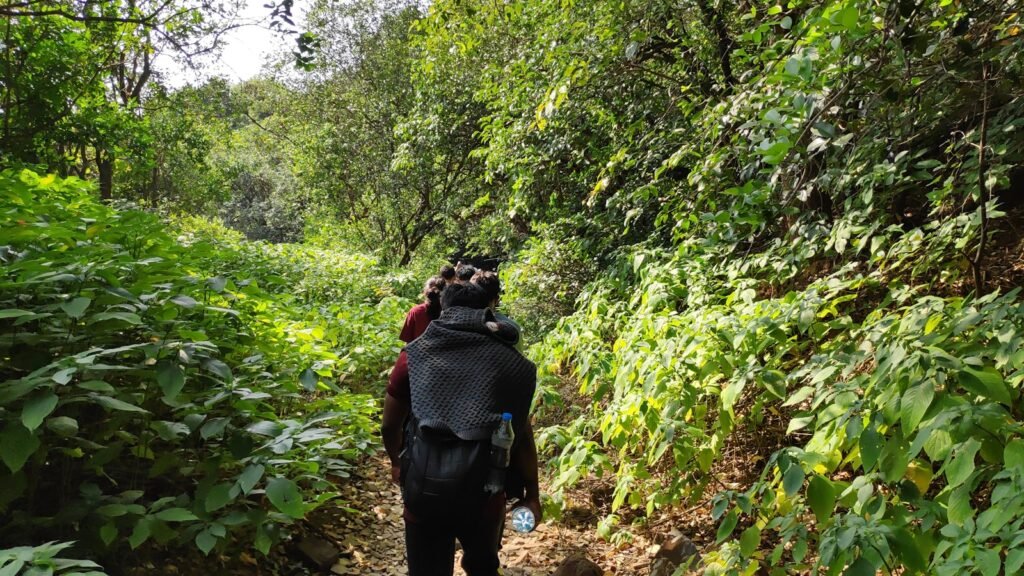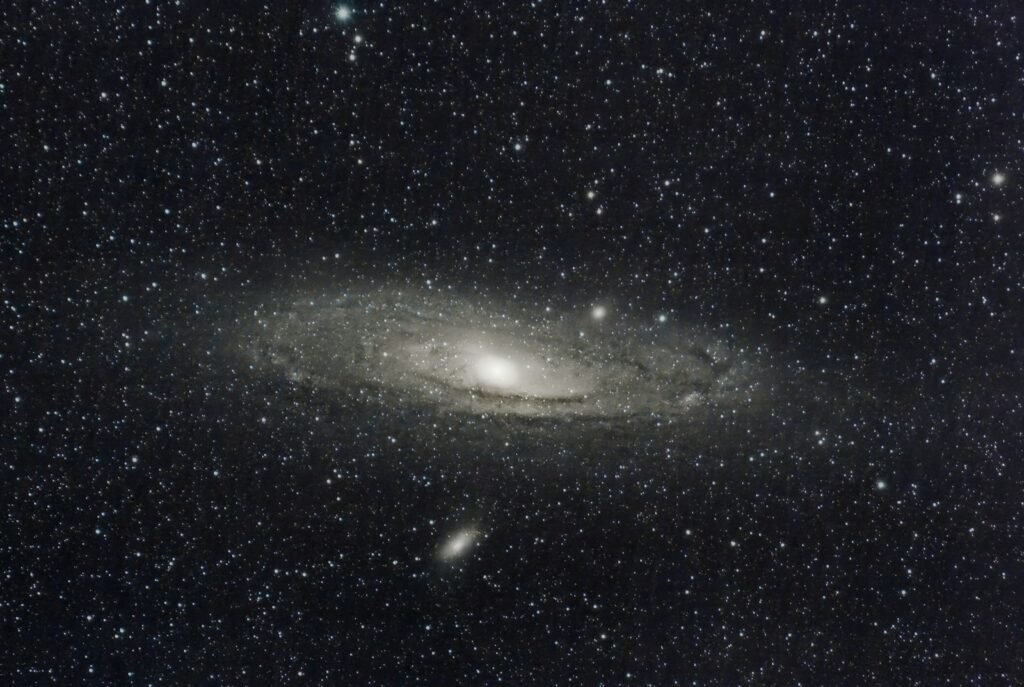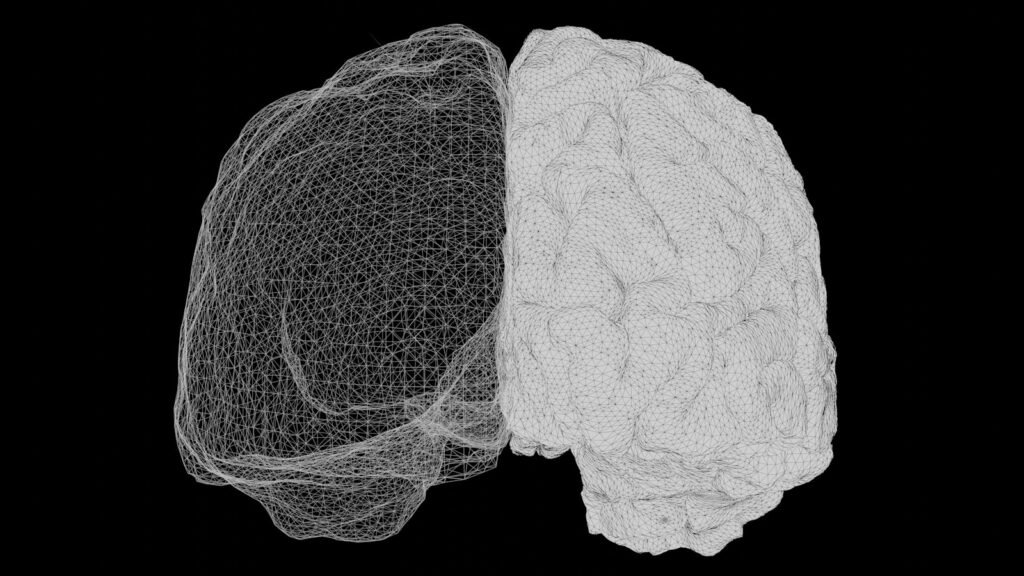What happens when starry archetypes meet hard-edged survival science? Out beyond the trailhead, personality can mean the difference between a smart exit and a headline. While astrology isn’t a validated predictor of behavior, its vivid language offers a playful way to frame real, measurable survival traits: risk appetite, cooperation, vigilance, memory, and stress response. Field biologists study these same dynamics in animals every day, from bold versus shy fish to cooperative versus solitary primates. Think of the zodiac here as a storytelling lens – and the wilderness as the fact-checker that keeps us honest.
The Hidden Clues

Survival often hinges on small choices made under pressure: when to push forward, when to circle back, and when to rest because the sun is about to drop behind the ridge. Behavioral ecologists talk about “bold–shy” continuums in animals, and humans show similar patterns in trekking decisions and first aid triage. People who naturally scan their surroundings, keep track of landmarks, and ration water early tend to fare better after a route goes sideways. Others excel at social dynamics – calming a panicked teammate, delegating tasks, or negotiating a group turn-around without bruised egos. These hidden clues map neatly onto zodiac archetypes – fiery initiative, earthy pragmatism, airy analysis, watery intuition – useful metaphors for real traits you can develop with practice.
From Ancient Tools to Modern Science

The zodiac began as a sky calendar for seasonal change, a way for early observers to time planting, migration, and weather shifts – all survival questions wrapped in mythic language. Modern science, in contrast, measures survival readiness with GPS tracks, heart-rate variability, cortisol samples, decision-making tasks, and team simulations. Studies of animal personalities show that bold individuals discover resources faster but face higher risk, while cautious types survive longer in predator-rich zones; humans mirror this trade-off in remote travel and rescue scenarios. Cognitive science adds more layers: working memory supports wayfinding, while metacognition tempers overconfidence when clouds roll in. The result is a toolkit that swaps constellations for data, but still chases the same goal – staying alive when conditions turn strange.
Field Notes by Sign: Twelve survival archetypes in the wild

None of this implies your birth date drives your fate; it doesn’t. But each sign’s story can spotlight a mix of strengths and pitfalls worth training for, much like animal field notes that flag typical behaviors. Use these as prompts to build balanced skills: pair boldness with route checks, intuition with map work, analysis with timely action, and caretaking with self-care. In practice, the best backcountry partners borrow from all twelve archetypes, because wilderness problems rarely respect a single style. If one sentence here rings true, treat it like a compass bearing to practice, not a label to wear.
- Aries: Charges first, which helps in emergencies, but thrives with a pre-commitment to rest breaks and a hard turn-around time.
- Taurus: Conserves energy and gear meticulously, yet benefits from practicing rapid pivots when weather changes outpace the plan.
- Gemini: Gathers and shares information quickly; should train in filtering signals from noise when radio chatter spikes.
- Cancer: Protects the group and keeps morale steady; needs to watch for over-carrying others’ packs at the cost of personal safety.
- Leo: Leads decisively under stress; performs best with a co-lead who audits navigation without ego clashes.
- Virgo: Spots small problems before they escalate; should rehearse acting on 80-percent certainty when minutes matter.
- Libra: Brokers consensus and prevents risky solos; gains from practicing decisive calls when time pressure closes in.
- Scorpio: Reads terrain and intentions well; should balance secrecy with clear communication about hazards and exits.
- Sagittarius: Explores tirelessly and keeps optimism high; does well by pairing curiosity with strict waypoint logging.
- Capricorn: Plans redundancies and climbs steadily; must guard against pushing on just to honor the plan rather than the conditions.
- Aquarius: Innovates with gear and tactics; benefits from testing hacks at home before trusting them in the field.
- Pisces: Intuits weather and group mood; thrives by anchoring those instincts to maps, forecasts, and a shared checklist.
How the Brain and Body Keep You Alive

When the ridge goes white with sleet, your autonomic nervous system shifts gears: heart rate climbs, blood vessels constrict in the skin, and attention narrows to movement and heat. That stress response can be a lifesaver if you pair it with practiced routines – layer up, eat quickly digestible calories, and reassess your route before fingers go numb. The hippocampus supports spatial memory, which is why many lost-person cases involve a foggy mental map as fatigue and dehydration mount. Add in interoception – your brain’s readout of hunger, thirst, and chill – and you can see why “listen to your body” becomes a literal navigation tool. Training helps here: brief cold exposure, night hikes on marked trails, and deliberate practice with map-and-compass build a buffer between stress and bad choices.
Global Perspectives

Survival isn’t one-size-fits-all because landscapes write the rules. In deserts, water discipline and heat illness prevention dominate; in boreal forests, fire-starting and insulation take center stage; in coastal zones, tide timing and rip-current reading win the day. Cultural experience matters too: communities that harvest in wild places often normalize teamwork, quiet observation, and patience – traits that translate seamlessly to rescue scenarios. I learned this the hard way during a field course in Arizona, where a simple failure to pre-cool water the night before turned a day hike into a slog that taught more than any lecture. The zodiac metaphors adapt across these settings, but the scientific through-lines stay the same: calibrate risk, conserve energy, and keep communication clear.
Why It Matters

At first glance this might feel like a fun parlor game, yet the stakes are real: most backcountry incidents escalate through a chain of small cognitive slips, not a single dramatic failure. Framing strengths and blind spots with memorable archetypes helps people retain checklists, just as animal behaviorists package complex trade-offs into simple labels like bold and shy. Compared with traditional “do-this, don’t-do-that” briefings, story-driven cues stick when adrenaline spikes and working memory shrinks. There’s also a social advantage: teams that recognize complementary roles – scout, skeptic, caretaker, navigator – coordinate faster and argue less. In other words, this lens makes survival training more human, and that can save minutes when minutes count.
The Future Landscape

Technology is closing the gap between personality and preparedness. Wearable sensors already estimate hydration, fatigue, and thermal stress, while offline maps integrate avalanche, fire, and weather layers to suggest safer lines in real time. Virtual reality can rehearse rare emergencies so that your first real river rescue doesn’t also become your practice run. Machine-learning tools are quietly learning from search-and-rescue case files to flag patterns like when detours become disappearances. The frontier isn’t about replacing judgment but about nudging it – turning archetypal strengths into task lists and catching the classic human errors before they snowball.
Conclusion

Match your favorite archetype with one concrete drill this month: if you’re a natural scout, practice conservative turn-around times; if you’re the planner, rehearse rapid decision-making under a two-minute timer. Build a small redundancy into your kit that counters your blind spot – navigation cards for the intuitive type, energy gels for the meticulous calorie-counter who forgets to eat. Schedule a low-stakes night hike with friends to practice roles: lead, sweep, navigator, medic. Take a short wilderness first aid course and actually use a tourniquet trainer or pressure-bandage on a foam limb, not just in your imagination. Most of all, make debriefs normal – ten minutes at the trailhead to note what went right, what frayed, and what to fix before the next weather front arrives.

Suhail Ahmed is a passionate digital professional and nature enthusiast with over 8 years of experience in content strategy, SEO, web development, and digital operations. Alongside his freelance journey, Suhail actively contributes to nature and wildlife platforms like Discover Wildlife, where he channels his curiosity for the planet into engaging, educational storytelling.
With a strong background in managing digital ecosystems — from ecommerce stores and WordPress websites to social media and automation — Suhail merges technical precision with creative insight. His content reflects a rare balance: SEO-friendly yet deeply human, data-informed yet emotionally resonant.
Driven by a love for discovery and storytelling, Suhail believes in using digital platforms to amplify causes that matter — especially those protecting Earth’s biodiversity and inspiring sustainable living. Whether he’s managing online projects or crafting wildlife content, his goal remains the same: to inform, inspire, and leave a positive digital footprint.




